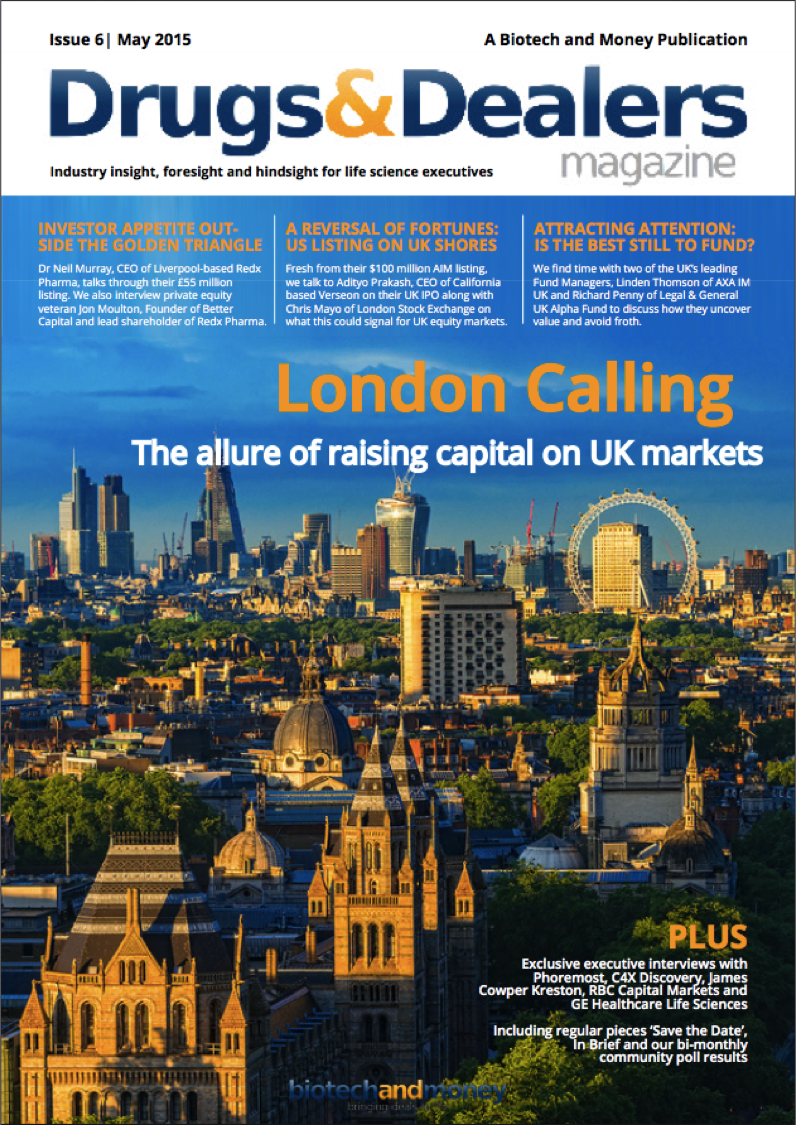CRT’s stateside licencing and partnering activity
Quality sites
- Online Casinos UK
- Casino Non Aams
- Casinos Not On Gamstop
- UK Casinos Not On Gamstop
- Best UK Casinos Not On Gamstop
- Casino Sites Not On Gamstop
- Casino Sites Not On Gamstop
- Casino Sites Not On Gamstop
- Non Gamstop Casino Sites UK
- Non Gamstop Casinos
- Best Online Casino Canada
- Casino Sites Not On Gamstop
- Non Gamstop Casino UK
- UK Online Casinos Not On Gamstop
- Best Slot Sites 2025
- Casinos Not On Gamstop
- Meilleur Casino En Ligne
- Non Gamstop Casinos
- Slots Not On Gamstop
- Non Gamstop Casino
- New Online Casinos Not Registered With Gamstop
- Casino Non Aams Sicuri
- Casino Sites UK Not On Gamstop
- Casino Non Aams Italia
- Bitcoin Casino
- Meilleur Site Casino En Ligne Belgique
- Casino App
- Migliori Siti Scommesse Non Aams
- Meilleur Casino En Ligne De France
- Nouveau Jeu Casino En Ligne
Dr Larry Steranka, Managing Director, CRT Inc.
Dr Steranka established CRT Inc. in 2006. He was previously the Executive Director of Brandeis University’s Office of Technology Licencing and prior to that, an Associate Director for Licencing at Harvard University’s Office of Technology and Trademark Licencing. Dr Steranka has also held senior positions within major pharmaceutical and biotechnology companies.
B&M: What is CRT Inc.? Why was it set up, what are your goals?
LS: A brief overview of our parent organisations will help to answer that question. Cancer Research Technology (CRT) is the development and commercialisation arm of the charity Cancer Research UK. CRT aims to develop new discoveries in cancer research for the benefit of cancer patients and we have exclusive rights to IP derived from Cancer Research UK funded science.
CRT’s role is to induce commercial investment by protecting and licencing this IP and, when discoveries are too early-stage to attract commercial investment, to advance their development to the point where biopharmaceutical companies will take on the product.
Cancer Research Technology Inc. (CRT Inc.) is the US extension of CRT’s Business Development team. Having feet on the ground in the US helps us to more effectively engage with pharmaceutical and biotech companies in the USA. We’re based in Cambridge, Massachusetts, a major hub for life-science organisations and a centre of academic excellence; the Boston/Cambridge area has arguably the densest concentration of biopharma companies in the world. This location facilitates interacting with companies across the US, including up and down the east coast, the mid-west, and of course the west coast.
There are three of us at CRT Inc., myself as MD along with a senior business development professional and an office manager. Our goals are two-fold: to make US companies aware of Cancer Research UK and CRT, and to allow us to understand companies’ licencing and partnering interests in oncology. We achieve these goals by forming personal relationships and ongoing dialogue with counterparts in companies, whether in BD or research. We’re responsible for building relationships and brokering discussions with US companies and we endeavour to know what sort of opportunities each might be interested in seeing. We don’t thoughtlessly send marketing flyers to BD inboxes – we try to know what to send to whom.
CRT has expanded this approach outside of the US through the formation of a team we call the Key Account team. Key Accounts are companies that are either existing or prospective partners, if the right overlap of interests and partnership opportunities arise. The personal aspect is key here. We aim to get to know a person(s) within the company, someone with whom a trust-based relationship is developed. The basic premise is that people do business with people they know and trust.
B&M: How does CRT Inc. fit in the broader biotech landscape in the US?
LS: We’re one of many NFPs looking to partner with biopharma companies. As an ex-US academic technology transfer professional, I am comfortable saying that we all – meaning the TT functions of all universities and other non-profit research organisations – have basically the same remit, which is to induce commercial investment in the development of products for patients through licencing and partnering.
B&M: To what extent do you feel you have achieved your goals so far? Can you point to any key success stories?
LS: Since CRT Inc. was established we’ve significantly increased the number of companies we’re interacting with and, more importantly, our level of strategic understanding around these companies. For all of the big pharma companies, as well as a significant number of small and medium sized companies, we’ve successfully engaged with the appropriate decision makers and understand the type of opportunities they are looking for.
A particularly illustrative success story is CRT’s relationship with Boston-based FORMA Therapeutics. Back in July 2013, we announced a research initiative which pairs FORMA’s drug discovery capabilities with our expertise in translating academic discoveries through our Discovery Laboratories (CRT-DL) and principal investigators from the Cancer Research UK academic network, to discover tools, technologies and therapeutic drug candidates against a variety of protein homeostasis regulators called deubiquitinating enzymes (DUBs).
CRT Inc. initially built a relationship with FORMA’s CEO which developed over several years and numerous interactions – made possible by CRT Inc.’s location in the Boston area. During this time, together with CRT’s CSO, we were able to demonstrate that Cancer Research UK was the best academic organisation to enable FORMA to deliver on its strategy of creating a package of multiple novel targets in an area/pathway. As we got deeper into discussions, we identified DUBs as an area of mutual interest and started exploring options for working together which ultimately led to the agreement now in place.
B&M: What is your primary area of focus now? What are your core objectives in the short and medium term?
LS: Cancer Research UK has set out ambitious targets, under its new research strategy, to see 3 in 4 patients surviving their cancer within the next 20 years. In addition to increasing overall spend – including further investment in biotherapeutics, translational research, personalised medicine and cancers of unmet need – Cancer Research UK is seeking to develop effective partnerships, to encourage collaborative approaches and foster more efficient development of products for cancer patients. Our primary focus is to support Cancer Research UK in the implementation of this strategy.
B&M: What are the principle obstacles that stand in the way of you achieving your objectives?
LS: Cancer Research UK is a complex organisation and funds an extremely broad spectrum of science. We work on all cancers, unlike specific cancer-focused charities. There are therefore challenges in communicating this to new audiences – particularly in the US where there isn’t a like-for-like organisation.
We also have to deal with the pace of change within the biopharma industry. There is much organisational change going on, as companies try to improve R&D efficiency and streamline their activities and portfolios. Keeping track of these changes, which often including personnel changes, and adapting accordingly is a challenge.
Finally, there is what I refer to as the ‘Kendall Square Challenge’ – we’re promoting Cancer Research UK funded science and investigators against a backdrop of Harvard, MIT, the Broad Institute etc. One way of characterising what CRT Inc. does is to say that we stand in the middle of Kendall Square and wave the Union Jack.
B&M: What is CRT’s approach to licencing and partnering in the US? Is the approach different in the US to the UK? If so, how?
LS: There are several noticeable differences between US technology transfer offices and CRT. Firstly, all of CRT’s Business Development Managers have a scientific background, qualified to PhD level, and many have industry experience. This creates a level of specialisation that isn’t generally possible to achieve.
Through Cancer Research UK’s network of Drug Discovery Units, as well as CRT-DL, we have the ability to do translational research. Therefore our offering is more like a biotech partner. And, as previously mentioned, we understand our customers.
B&M: What comparisons can be drawn between partnering in the US versus the UK and Europe? What can UK biotech learn from your experiences in the US?
LS: I think we need to stop asking this question. Large biopharma companies operate on a multinational level so it is difficult to make any particular differentiations. There is more of a notable difference between US vs. UK start-up companies; in the US high profile start-up companies can command $40-70m, significantly more than you see in the UK.
B&M: What makes you an attractive partner?
LS: It’s our reach into academic labs. CRT provides access to the whole of the Cancer Research UK scientific network, and the $500m of science it funds annually, through a single portal. As previously mentioned, we also have the infrastructure in place to undertake translational research and early-phase drug development through the Cancer Research UK Centre for Drug Development (CDD). This capability means we can offer initiatives such as our Clinical Development Partnerships (CDP) scheme, where we sponsor, manage and fund early-stage clinical trials of companies’ de-prioritised or under-resourced anti-cancer agents
CRT is unique in having the ability to bring together groups of academics from across the Cancer Research UK network and consolidate IP. We have established relationships with each of the universities at which the PIs are funded, with Business Development Managers already interacting with the technology transfer offices. This all makes it easier for industry partners to ‘hit the ground running’ when they work with us.
B&M: Are there any issues that concern you at the moment?
LS: For the industry, patients, and third-party payers, I think it is the pricing of drugs, which can be very high and sometimes possibly not in line withthe benefit they deliver. There is also the complexity of the disease. We now know that tumours carry a large number of genomic changes, with genomic variation even within individual tumours.
Against that background, it’s a challenge to know which direction to go in, in terms of drug discovery research and treatment. Also, cancers are very good at finding ways around targeted therapies; resistance development is the rule not the exception.
B&M: What are you most excited about right now?
LS: On the flip side of my previous answer, we now understand much more about the disease, which carries the very real promise of more specific, targeted, even personalised drug treatments. And recent advances suggest that altering the immune system’s reaction to cancer may lead to treatments for a wide range of cancer types.
Larry’s interview was recently featured in January’s Drugs & Dealers Magazine, the official online publication of Biotech and Money. Providing industry insight, foresight and hindsight for Life Science executives. Download the full Magazine here.





Leave a comment